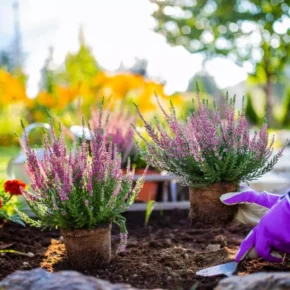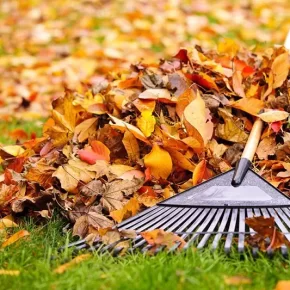Orchids are tropical plants that delight with their bright and long-lasting blooms. In winter, they require special care, because the conditions in our apartments are very different from their natural environment.
To keep your pets healthy and thriving, follow a few simple recommendations.
1. Provide proper lighting
In winter, natural light becomes less, so orchids often suffer from a lack of sun.
- Choose the right location. Place the pots on a south or east-facing windowsill. Avoid direct sunlight to avoid scorching the leaves.
- Add artificial lighting. Use phytolamps or LED plant lamps to extend the daylight hours to 10-12 hours.
2. Control the temperature
Orchids like a stable temperature, but different species have their own requirements.
- For Phalaenopsis: The optimal temperature is 18-24°C.
- For cattleya and oncidiums: Daytime – 20-25°C, nighttime – 15-18°C.
- Avoid drafts and sudden temperature changes.
3. Adjust watering
Orchids consume less water in winter, so it is important not to overwater them.
- How often to water? Focus on the condition of the roots and substrate. Water when the bark dries out, usually once every 10-14 days.
- Water temperature. Use warm water (25-30°C) and always settled or rainwater.
4. Humidify the air
Dry air due to heating can negatively affect the condition of the orchid.
- Optimal humidity. 50-70% is the best conditions for plants.
- How to increase humidity? Use humidifiers, place pots on trays with wet expanded clay, or spray water around plants.
5. Ensure proper nutrition
In winter, orchids do not need active fertilizer, but feeding once a month will help preserve their strength for flowering.
- Use special liquid fertilizers for orchids with a low nitrogen content.
- Dilute the fertilizer in a weaker concentration than indicated in the instructions.
6. Pay attention to the transplant
If the orchid looks healthy, it is better not to repot it in winter.
- When to repot? If the substrate has decomposed, the roots are rotting, or have grown too large, you can carefully repot the plant even in winter.
- Use special orchid bark and a pot with ventilation holes.
7. Stimulation of flowering
If the orchid is not blooming, you can stimulate it a little:
- Lower the night temperature by a few degrees (to 16-18°C) for 2-3 weeks.
- Ensure a difference between day and night temperatures of 5-7°C.
8. Regular inspection of the plant
- Check the leaves, roots, and flowers for pests or fungal diseases.
- Remove dry leaves or faded flower stalks.
Winter orchid care requires more attention than in the warmer months, but following these simple guidelines will help preserve their beauty and health. The reward for your care will be bright blooms that will decorate your home even on cold winter days.















